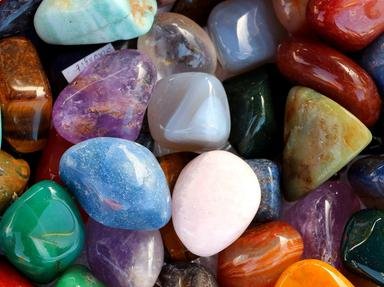Quiz Answer Key and Fun Facts
1. Of the following, only three of the words serve as alternate names for an Aquamarine or a Bloodstone gem. Which is NOT the name of a March birthstone?
2. The use of the term "aquamarine" to describe the birthstone of March was first coined by whom, and in which work?
3. Drops of blood from what source, according to legend, were the origin of the bloodstone?
4. With which of the following wedding anniversaries is aquamarine sometimes associated?
5. What use does bloodstone have in modern-day Indian medicine?
6. Which of the following countries is commonly regarded as the source of the finest quality aquamarines?
7. What, in scientific terms, causes the red markings in bloodstone?
8. How are aquamarine stones commonly treated to enhance their blue colouration?
9. With which of the following planets is the bloodstone sometimes associated?
10. Which of the following trades or professions has traditionally carried aquamarine as a good luck charm?
Source: Author
stedman
This quiz was reviewed by FunTrivia editor
gtho4 before going online.
Any errors found in FunTrivia content are routinely corrected through our feedback system.
